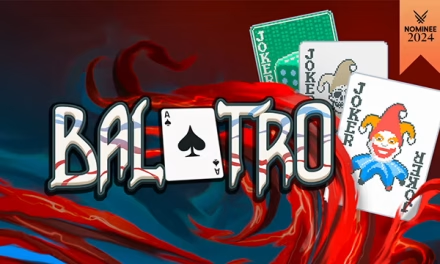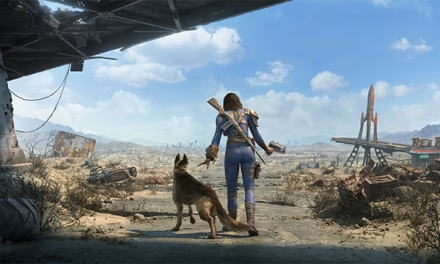Doom, id Software’s groundbreaking FPS, celebrates its 30th anniversary not just as a game but as a cultural phenomenon. This game has managed to defy the usual fate of becoming a mere historical footnote, maintaining its status as a thrilling and relevant gaming experience. First released in 1993 on December 10, two years prior to the widespread availability of hardware accelerated 3D graphics, the game turned PC gaming on its head and showed what was truly possible.
John Romero’s design philosophy played a crucial role. Doom might lack an explicit narrative, but its combat encounters are masterfully paced. Each level is a dance of explosive action and tense exploration, with every new door or dark room potentially unleashing a horde of demonic foes.
Doom also pioneered in weapon design. Each weapon had a unique role and was effective in specific situations, a concept that many modern shooters have expanded upon but rarely matched in simplicity and impact. The game’s arsenal felt distinct and purposeful, unlike the overwhelming and often indistinct armories of today’s shooters. And of course, who didn’t giggle up their sleeve when they found out what the “BFG” in the name of the weapon “BFG 9000” stood for?
The game’s level design is another aspect where Doom shines. Each stage uses design tropes and activities that challenge the player without breaking the technology, and it does these things better than a lot of modern games do even now. Doom even incorporates elements of roguelike gameplay, rewarding careful and skillful play with the retention of weapons between levels. This added a layer of strategy and risk to the game, encouraging exploration and mastery.
Beyond its gameplay and design, Doom has achieved what can only be described as a cult status in the gaming world, thanks to its portability and the open-source recreations of its engine. This game has been famously ported to a wide array of devices, often in the most unexpected and bizarre forms. People have ported Doom to all sorts of ridiculous things, from other operating systems (which you’d expect) to gadgets like vape pens, office phones, price scanners, and even pregnancy tests (which you totally would not expect),
You can even play the game straight from your web browser.
Doom has made its mark. It’s been run on Kodak cameras, LEGO bricks, and more, showcasing the game’s surprising adaptability and the ingenuity of its fans. This quirky aspect of Doom‘s legacy highlights not just the game’s technical prowess but also its enduring place in popular culture. The appeal of getting the game to run in weird and unexpected places inspires programmers to this day.
Doom is more than just a game that aged well. It’s a foundational piece of gaming history that continues to inspire, entertain, and surprise. Its combination of groundbreaking technology, innovative design, enduring community support, and unexpected adaptability ensures that Doom isn’t just a relic of the past, but a living, evolving legend in the gaming world.
#doom30
-30-
![]()













Why does Doom get all this fame, but not Wolfenstein 3-D, which Doom is based on, and where the graphics and combat that Doom uses came from?
That’s a really good question. Wolfenstein just didn’t catch the way Doom did (it was popular, but not like Doom), and I’m not sure why.
Demon aliens (or were they alien demons?) > zombie Nazis (or were they Nazi zombies?), I guess.
I feel like there were a lot more mods for Doom than Wolfenstein, but whether that was because Doom was more easily mod-able, or because it started more popular and so everybody started modding it, I don’t know, but I suspect that went a long way towards increasing its popularity.
I know that Wolfenstein had a few problems with marketing because of the Nazi theme. Even today, not many games feature Nazis as the bad guys. I think the issue was that one could make the case that they were trivializing one of the worst human rights tragedies in the history of the species, and of course the game was banned in Germany.